* (restored)
(July 20, 1971 – November 16, 2000)
(Really good introduction to DJ Screw: the VBS documentary “Screwed in Houston”)
(Selection from The Guardian article “DJ Screw: from cough syrup to full-blown fever” by Jesse Serwer, Nov 11, 2010)
When he died, 10 years ago next week, DJ Screw’s druggy, ultra-slow sound was a regional craze. Two decades on and his influence can be felt from chart hip-hop to Swedish electronica.
Sometime around 1990, a young hip-hop DJ named Robert Earl Davis, Jr decided music was just too fast for his liking. Using the pitch controls on his turntables, he began slowing records to preternaturally slow speeds, augmenting his mixes with smooth cuts and slurred commentary that sounded as if delivered from beyond the grave. Davis, better known as DJ Screw, wasn’t the first DJ or producer to purposely pitch down music for effect, but he preserved the glacial pace throughout his 100-minute mixtapes, developing a uniquely psychedelic, ethereal sound that would come to be known as chopped and screwed, or, simply, Screw music.
Screw’s emergence in his native Houston, Texas coincided with a surge there in the popularity of drank (otherwise known as “lean,” “syrup” or “barre”), a mixture of prescription-strength cough syrup and soda that can create a feeling of sedated euphoria when taken in large quantities. He and the Screwed Up Click (SUC), the loose-knit collective of Houston rappers who freestyled on his mixtapes, referenced the purple-hued concoction so often that their music and their drug of choice become as closely associated with one another as acid rock and LSD. When Screw, just 29 at the time, died on November 16, 2000, from what medical examiners said was an overdose of codeine – drank’s active ingredient – that connection was forged for good.
“The first thing [people] think of when they hear Screw’s name, or Screw music in general, is the syrup sippin’,” says Cedric “ESG” Hill, a Houston rapper affiliated with the Screwed Up Click. “That’s just the culture down here and a way of life. It’s not that everyone who listened to Screw sipped syrup.”
“He had a multitracker, which allowed you to really slow that pitch down,” Scott says. “I thought it was a little bit too much. The first time I popped a tape of his in the deck, I tried to push stop because I thought it was being chewed up.”
Although it is often presumed that Screw music’s slow pace is meant to simulate the drowsing effects of drank, Davis said in a 1995 interview with Rap Pages magazine that it was marijuana, and a desire to hear lyrics more clearly, that inspired his process. “When you smoking weed listening to music, you can’t bob your head to nothing fast,” he explained.
The earliest Screw tapes were made specifically for friends, who would commission him to make mixes for special occasions such as birthdays or funerals. Typically, he remixed new hip-hop tracks – he loved west coast gangster rap such as Too Short and Spice 1 – but he’d also throw in the odd throwback, such as Mama Used to Say, the early 80s hit by UK funk singer Junior, or Love TKO by Teddy Prendergrass. Eventually Screw’s “grey tapes” – they were distributed on grey Maxell cassettes, not CDs – grew to include freestyles by local rappers and, sometimes, whoever happened to be at his studio when he was making a mix. As his legend grew, first in Houston and then neighboring areas of Texas and the Gulf Coast, customers began travelling to his house to purchase their own copies of his tapes, which he sold for $10 apiece.
“We would just ride up to the man’s house, and when the gate would come open, that would mean he’s open for business,” says Screwed Up Click rapper Joseph “Z-Ro” McVey. “You could come get a Screw tape.”
Fat Pat – Tops Drop
Big Moe – Just a Dog (At the Club)
Big Moe – Sippin Codeine
Screwed Up Click – Pimp Tha Pen
DJ Screw – Inside Looking Out
Scarface ft. Too Short – Fuck Faces (Finer Things)
2Pac – High Till I Die
Lil Troy – Wanna be a Baller
Lauryn Hill – Nothing Even Matters
PLUS: 4 CONTEMPORARY SONGS STRONGLY INFLUENCED BY SCREW MUSIC, ORIGINATING FROM THE MIDWEST, CANADA, SWEDEN, AND NEW YORK, RESPECTIVELY
SALEM – Trapdoor
Drake – November 18th
Fever Ray – Concrete Walls
A$AP Rocky – Purple Swag
—-
*
p.s. Hey. ** jay, Hi! Thanks. Dying to make the film accessible to you, for sure. I think I didn’t read ‘Blue of Noon’ until the Cycle was already pretty planned out and in process. Degraded echo, lovely. I’ll take that. Thanks, pal. What’s your day or even weekend looking like? ** Charalampos, Hey. I started reading some books that don’t come until this fall mostly. I wonder if that amazing used bookstore still exists. I can’t remember its name but I remember where it is. I’ll have to go up there and check, I guess. Hi back from strangely and wonderfully spring-like Paris. ** Misanthrope, Hey, dude, good to see you, natch! Oh, man, so sucks about the office full time return. What a load of crap. It does sound like he’s using Trump’s fascism as his excuse? Get him fired? There must be a way. Man, so sorry about that. And, yeah, get the MRI. And don’t wear any heavy metal bling when you walk into the room. Happy we’re both back. ** Vincent, Hi. Oh, he renounced Germany. Okay, that’d do it. Still, how petty. Similar to Bernhard and Austria? Except I think Austria is reluctantly embracing Bernhard now? I think RT is listed on MUBI because they co-sponsored the festival where the film premiered. I don’t know of any plans for them to host it. They did host/stream our last film for a few weeks. Hm, I’ll ask our producer. Thanks for wondering. What’s new with you? ** _Black_Acrylic, Oh, right, about the Anger. For sure about his musical picks. ‘Kustom Kar Komandos’ is maybe the best music video ever. ** Carsten, Indeed. That sprawl and subtextual (dis)organisation and all that negative space of LA shaped me and my writing permanently. Lucky me. Mm, yeah, maybe submit it sans photos if you’re okay with that format and then spring the illustrated version as a possibility? Safer, probably, unless the press is already flexible on that front? RT is in, I think, three upcoming festivals at the moment, but I can’t say which ones publicly quite yet. And hopefully more on the way soon. Thanks! ** Nicholas., Um, actually, commenters reading others’ comments and expanding on something someone else referenced is an ideal outcome for me. Same as when people do that with the posts or my own comments. It makes me feel like the blog is open and alive. Anyway, so I guess I disagree. I’m sorry it irked you, but it’s always worked like that here. There are some sites out there that are concentrated on people sharing their sex stories and proclivities. Breeding.zone is one I know. And I’m sure there are many others. But I’m being contrary and I don’t mean to be. Sincerely upbeat day to you. ** Sypha, Nice. Okay, understood about those Anderson films. Yeah, I get that. I personally am really into ‘one and done’ films re: actors. In Zac’s and my films, we always start from scratch so the performers are immediately the characters with no prior associations. In that sense, I guess they’re like novels, although I know there are novels where characters become recurring, like detective novels and so on. Anyway, yeah, interesting. ** Tosh Berman, Cool, happy you went for that book. And Atlas is so reliable. No, I don’t know that Jahnn book, but it does obviously sounds like a good place to start. Let me know what you make of it. ** julian, Hey. That Burton makeover just totally ruins everything that’s beautiful about that ride. Sad that so many people prefer it. What a world. I think you’ll really like Rome maybe. The central part is very concise. You can walk everywhere even more than in Paris, which feels like a small town when you live here but is technically vaster than you think. Could transgressive fiction be making a comeback? Would be kind of the perfect time maybe. My American and UK publishers are republishing my early books right now or soon, and maybe that’s why. Of course I’m very happy you like ‘TD,P’. It’s pretty hard to find, but there’s a long interview with Antoine Monnier done not long after ‘TD,P’ where he talks about how much he hated making the film. It’s pretty rancorous. Gosh, I love Bresson so much that it’s hard to recommend particular ones, but ‘Four Nights of a Dreamer’ is great and from the same era. “Mouchette’ is incredible, but it’s very bleak, be warned. I love ‘Lancelot du Lac’, his only period film. I mean you kind of can’t go wrong with Bresson. ** Uday, Me too. When I was a kid I had this largish wind up toy that was a monster made out of rocks, and it walked around and red lights flashed in its ‘eyes’, and when it talked it sounded like rocks clacking together but you could understand what it said. That was pretty cool. Thanks for the ClubChalamet links. I’ll visit them. I have vague ideas of writing a fiction about Chalamet-like guy, and that could very helpful, so thank you! ** Hugo, Hi. ‘The Sot-weed-factor’ is a good one too, yes. Wow, amazing if you could get that grant. That’s pretty sweet money for a writer. I never thought I’d actually make films when I was young, and here we are. Chase your excitement always. It’s the truth. Zac’s out of town but I’ll hug him for you when he returns. Hugs from me to you and maybe even from him. ** Thomas Moronic, Hi, Mr. T! Great, yes, I should definitely be here when you’re here, so hit me up and let’s hang big time. Awesome! ** Darby 🦇, Hi, D, I’m good. It’s not raining today and it’s also not remotely hot, yum. Well, you mean something to me, but I’m halfway across the world so my radar is probably too weak to make an impact. I hope that lady advocated for you passionately and vociferously. I’m too impatient to like cooking food. I’m a microwave guy. And I usually even stand by the microwave while it’s cooking tapping my fingers impatiently. Nice: the link. I need suggestions because I never read since science fiction books. You could show that picture, yes, of course! Enjoy Primus. I hope they play ‘My Name is Mud’. ** HaRpEr //, My parents were very not into me being a writer and tried every trick to dissuade me and, well, tough beans, mom and dad. Yeah, if you can find an OnlyFans vet to talk to, that would be optimal, obviously. I really have no idea how that works: the money earning aspect. It’s true that the more you publish, the more attractive you are to venues. I did a bunch of journalism for some years, and most of them let me do that only because of my books being known. ** Alice, Hi, Alice. Cool about the successful friend meet up. And especially about your and her wavelength mingling and co-inhabiting. Did you get any clothes? I know ‘Serial Experiments Lain’, yes. It’s a goody. I should revisit it. What made you think ‘Queer’ might be especially up her alley? ** Alistair, I’ve only gone fishing once in Georgia with an insistent friend, and we didn’t catch anything, and I don’t think the river had anything in it to catch. But good to know what fishing is like. Yeah, I do like being crowded in with a bunch of people at music shows for some weird reason. I don’t like socialising with crowds at all, but there’s something about being in a crowd that are all facing one direction and who barely even know you’re standing next to them and with whom you share a single, very simple goal (i.e. getting pleasure from the same artist/band) that I find kind of moving or something. Corning Museum of Glass: no, but I’ll look it up. I hope you get to go. ** Steeqhen, By 4:47 a.m. I’m almost ready to wake up. I don’t think there are any forts in Paris, but maybe former forts that are now clothing stores or something. I don’t think ‘SH3’ is on Nintendo. I don’t think any of the ‘SH’ games are, actually. Wtf?! Nice you enjoyed 7 and got to talk to them. Yeah, he/they are super nice and just wonderful. Cool. ** Right. I thought I might presumably surprise today you by reviving this rather old post about DJ Screw made by the fine fella Chris Dankland. That’s that. See you tomorrow.












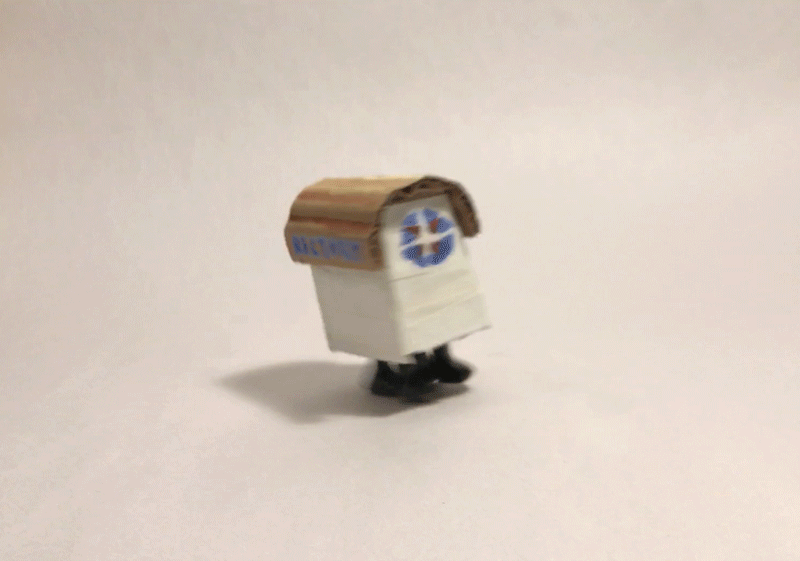

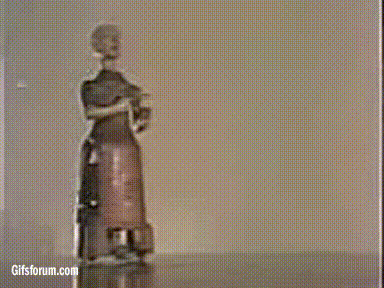





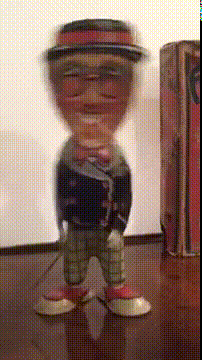



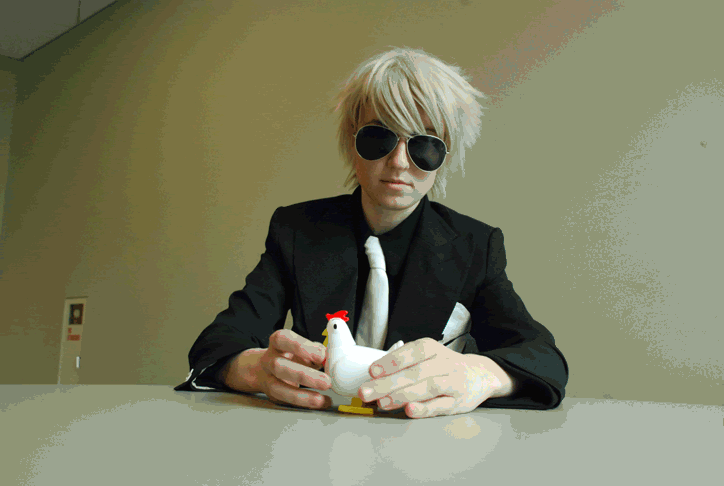










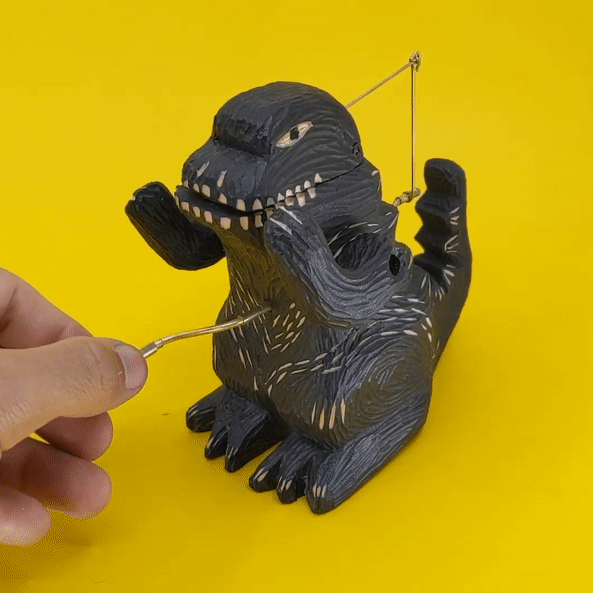
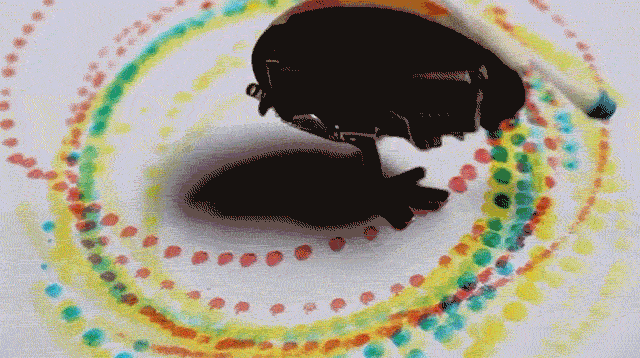
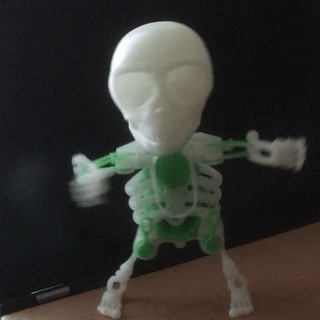








 Now available in North America
Now available in North America 